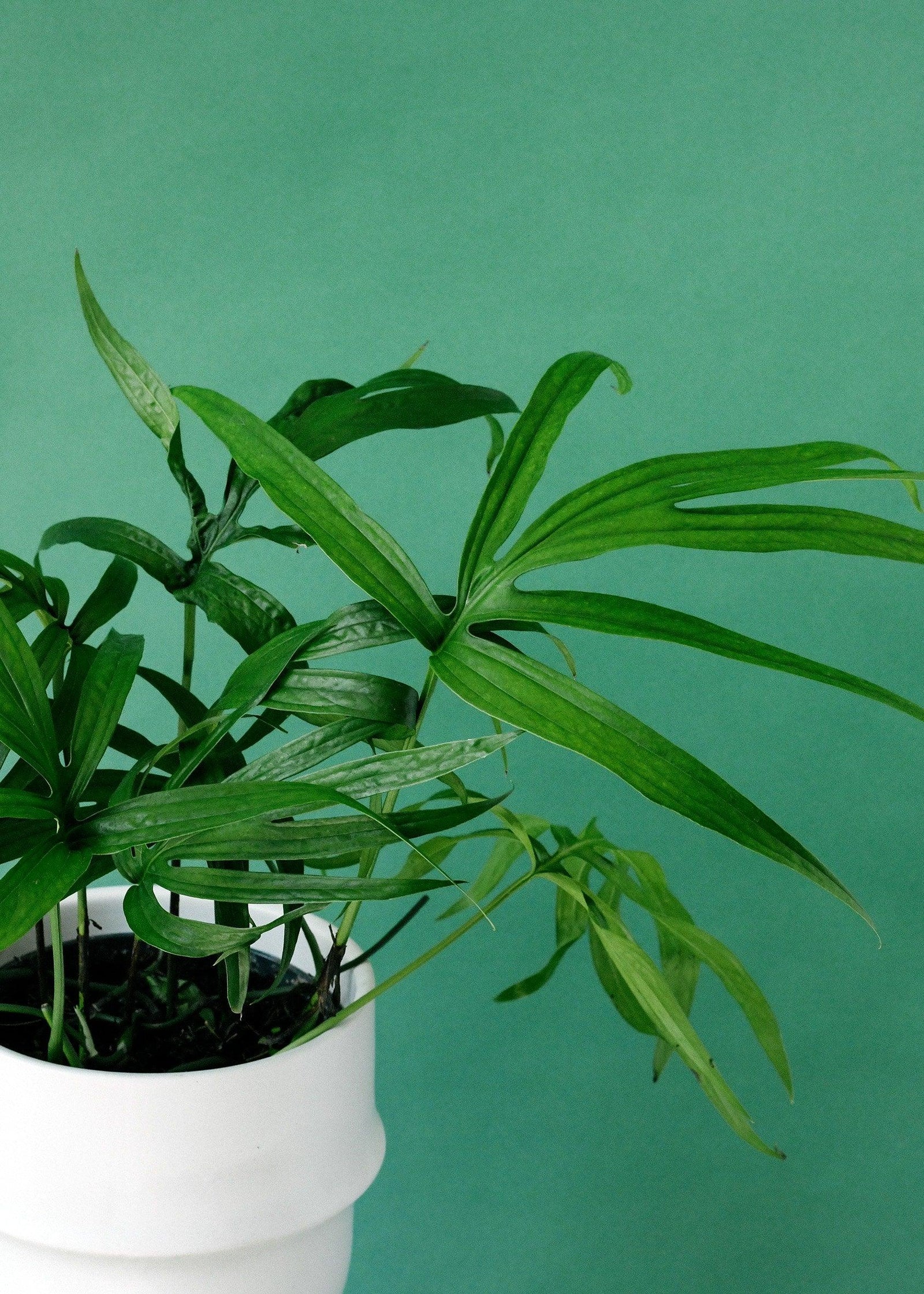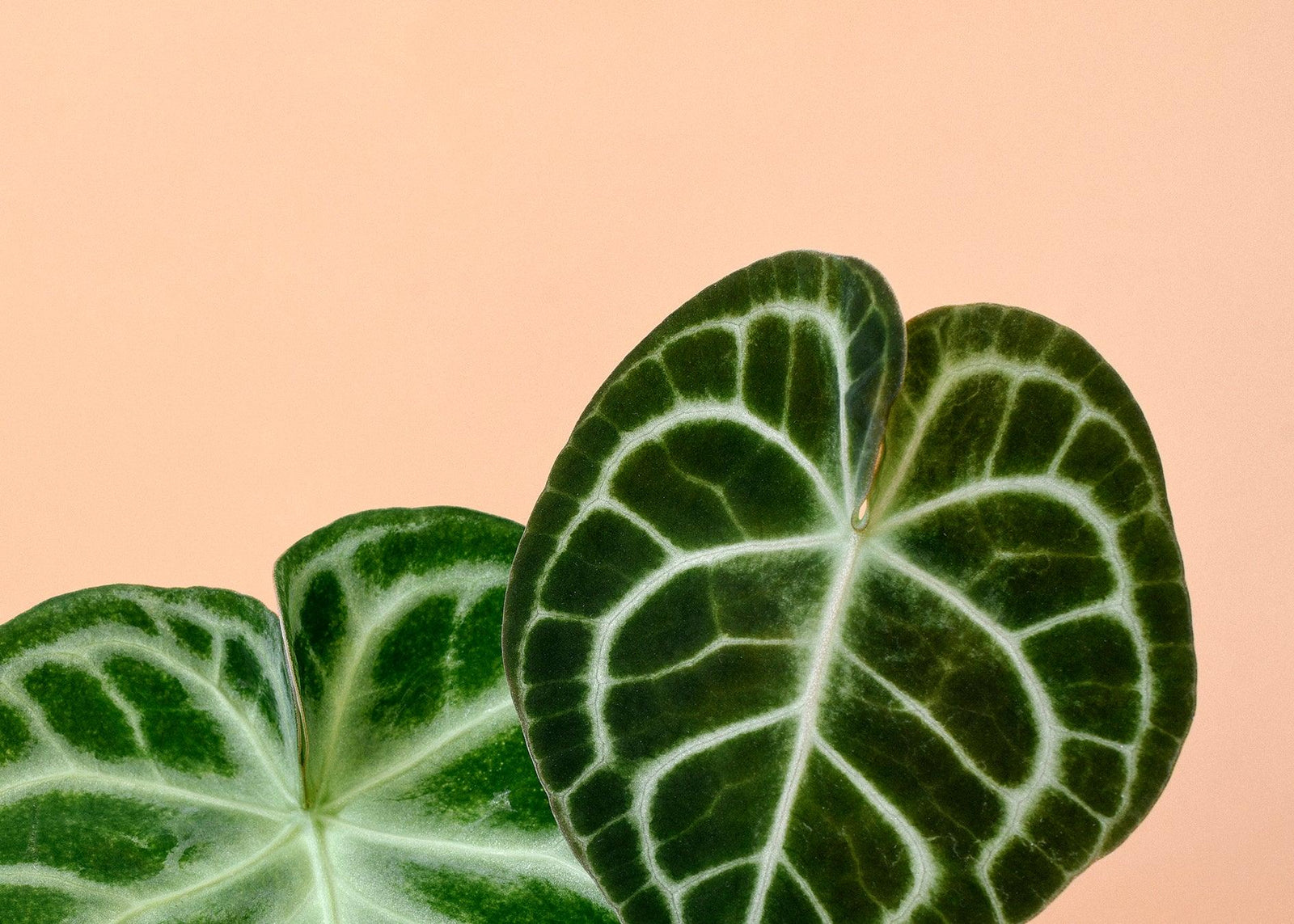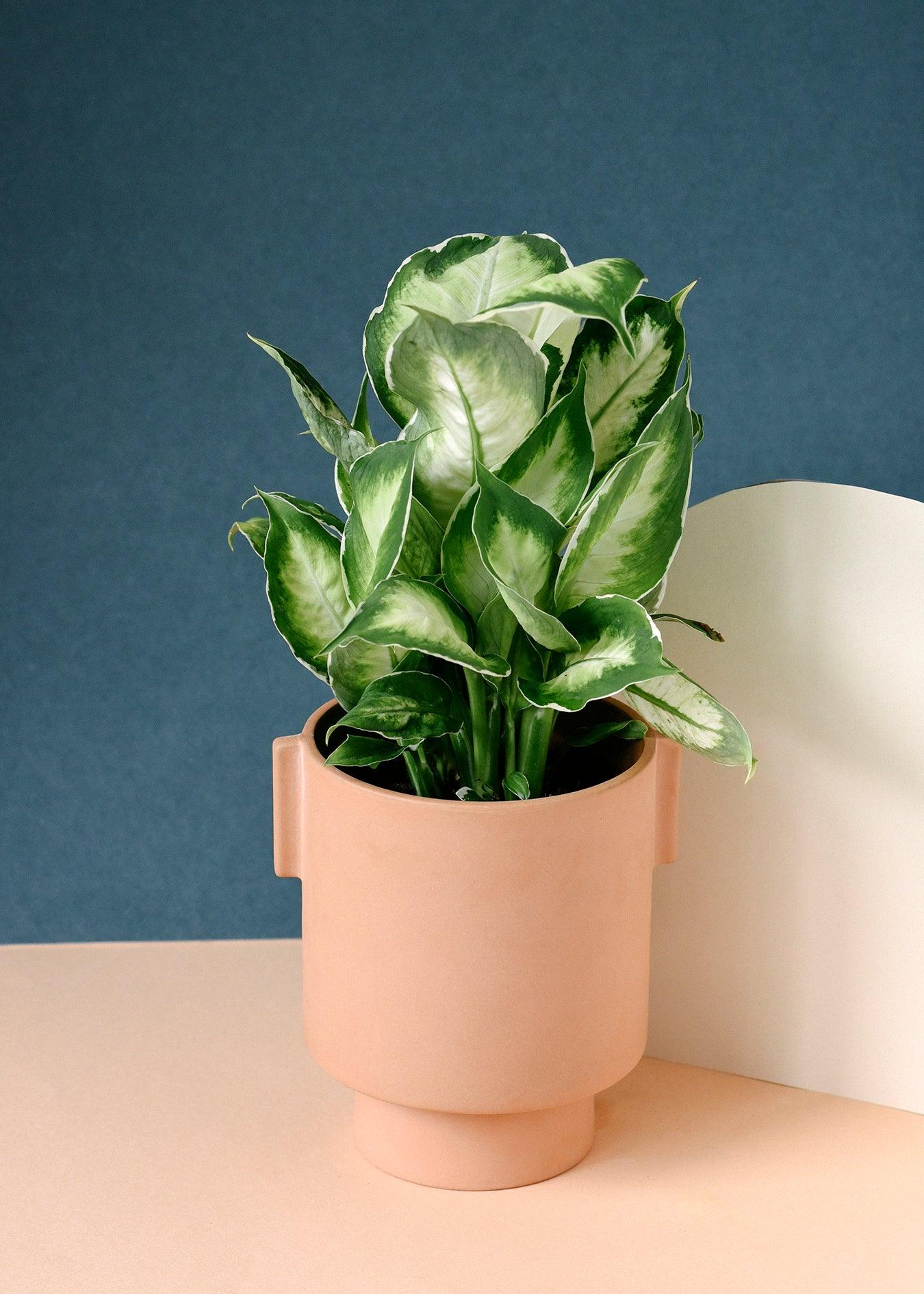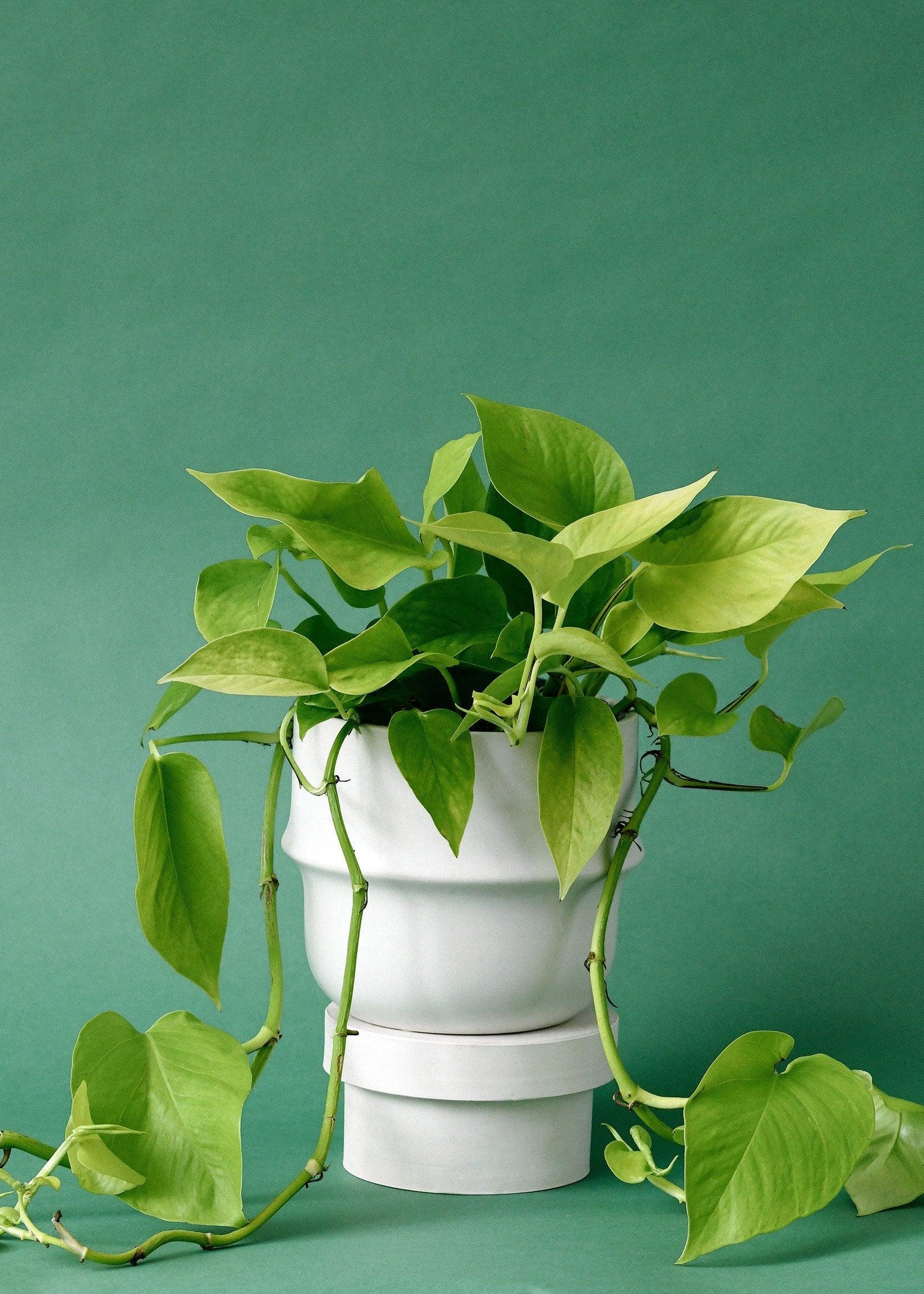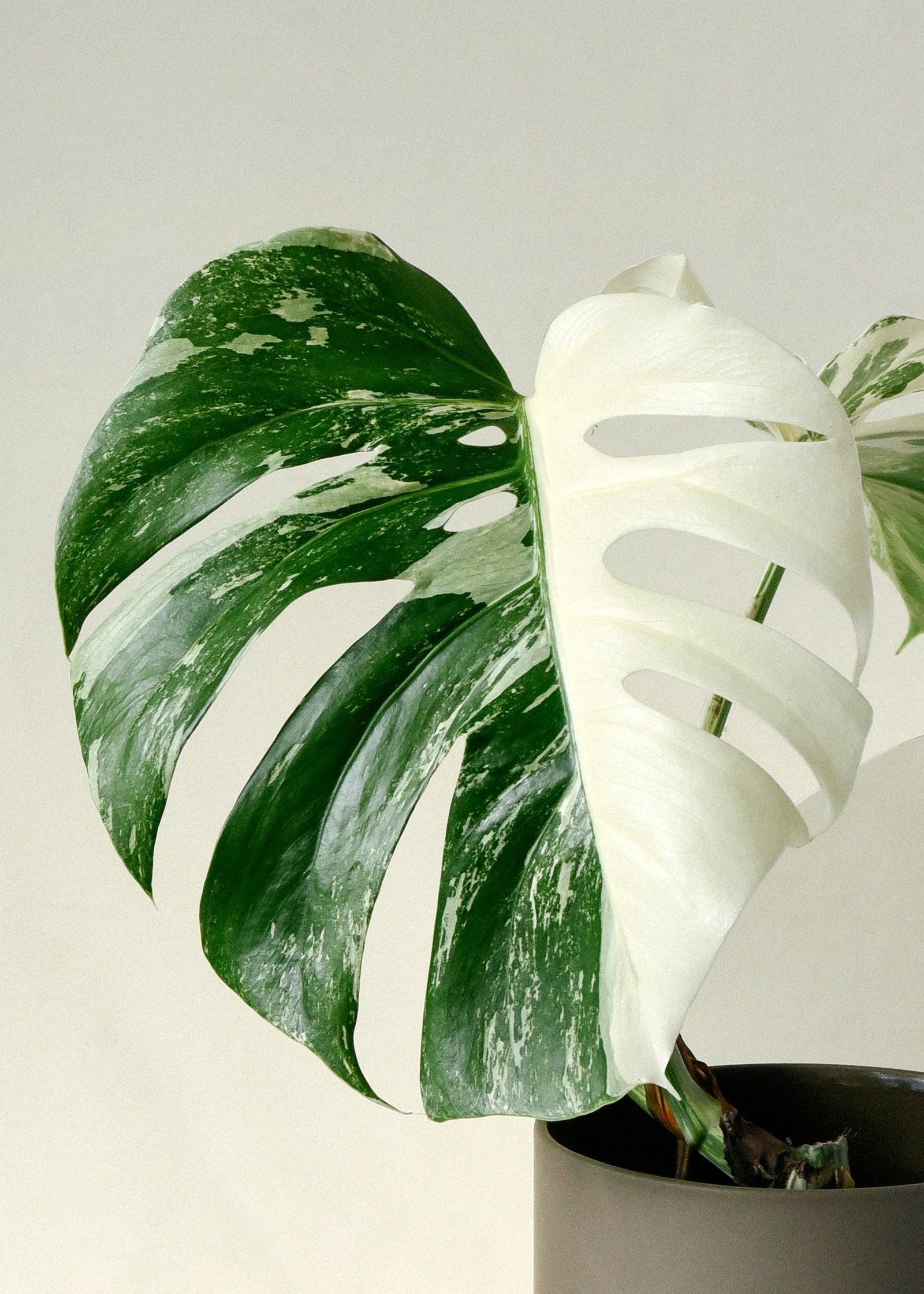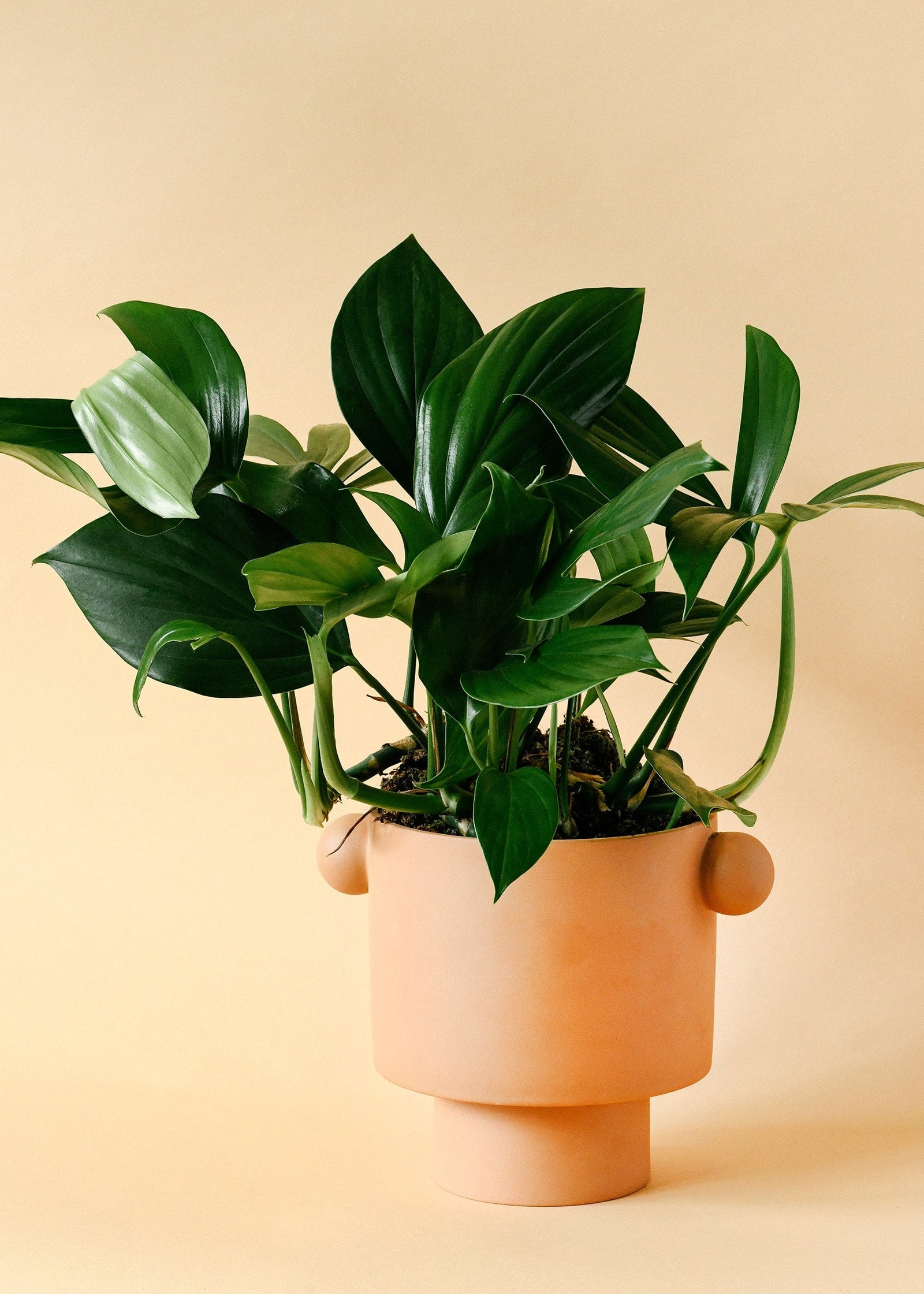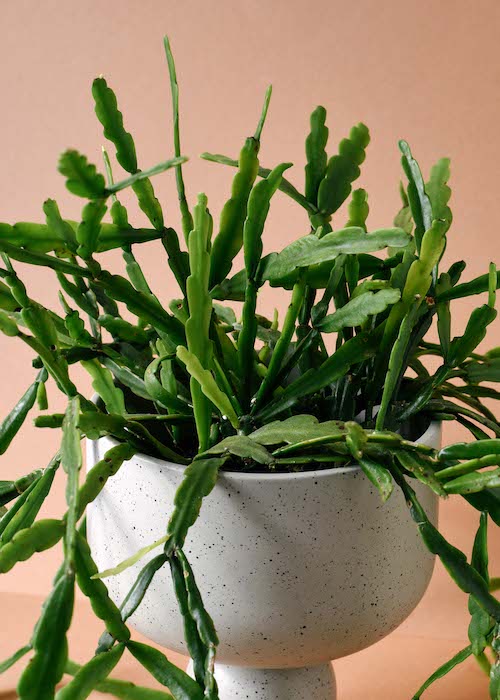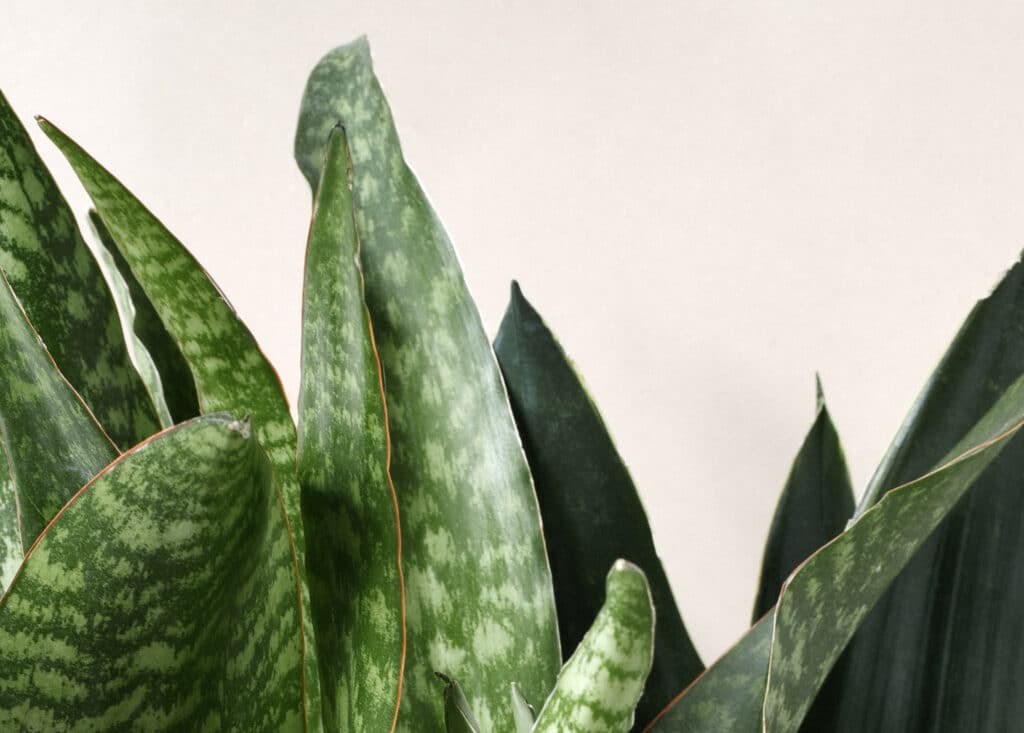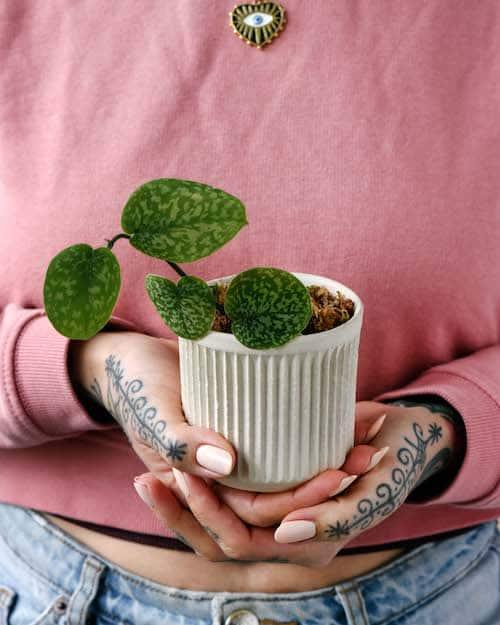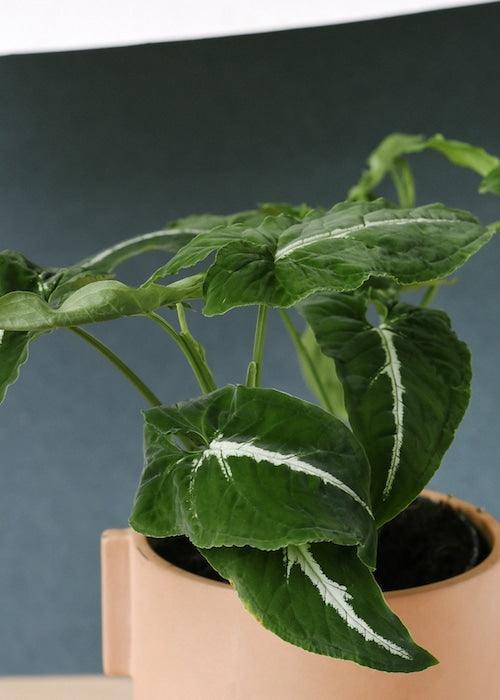by Plant Circle
Sansevieria Care Tips
Sansevierias, commonly known as Snake Plants or Mother-in-Law’s Tongue, are some of the toughest and most versatile houseplants out there. With their upright, architectural leaves and forgiving nature, they’re ideal for beginners, offices, or anyone looking for low-maintenance greenery. Here's everything you need to know to help your Sansevieria thrive.
Sansevieria Care Summary
Light
Dull sun or low light; tolerates a range of lighting conditions
Watering
Water sparingly; allow soil to fully dry between waterings
Humidity
Adaptable from low to high humidity environments
Soil
Fast-draining mix, such as cactus or succulent soil
Toxicity
Toxic to humans and pets if ingested
Lighting Tips
Sansevierias are famous for thriving in less-than-ideal lighting conditions. They tolerate low light better than most plants, but if you want to see new growth, place them in a spot with bright, indirect sunlight. A few hours of weak morning sun is okay, but avoid intense direct afternoon rays.
Watering Advice
This is where many people go wrong—Sansevieria hates soggy soil! Water only when the soil is completely dry. In the summer, that might mean every 2–3 weeks; in winter, even less. Their roots are prone to rot, so err on the side of neglect.
Humidity Needs
Snake Plants are not fussy about humidity. They can thrive in dry environments just as well as more humid rooms. Whether it's a steamy bathroom or an arid living room, they’ll adapt just fine.
Best Soil Type
Use a well-draining mix—cactus or succulent soil works perfectly. You can add perlite or coarse sand to your mix for even better drainage. Make sure your pot has a drainage hole.
Growth and Maintenance
Sansevierias are slow-growing, but over time, they’ll produce offsets (baby plants) that you can propagate. Remove dust occasionally from the leaves to keep them looking sharp. They rarely need repotting and even thrive slightly root-bound.
Toxicity Notice
Like many houseplants, Sansevieria is toxic if ingested by humans or animals. Keep it out of reach of curious pets and children. The sap can also cause mild skin irritation—wash hands after handling if you notice sensitivity.
Why We Love It
With its sword-like leaves, tough nature, and air-purifying qualities, Sansevieria is a staple in any plant collection. Whether you’re a seasoned collector or a new plant parent, it’s the ultimate zero-drama houseplant. 🌱
Ready to adopt a Sansevieria? Check out the varieties we have in stock now at Plant Circle and start your low-maintenance plant journey!
